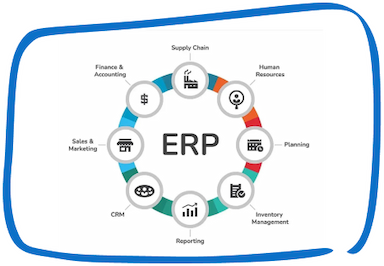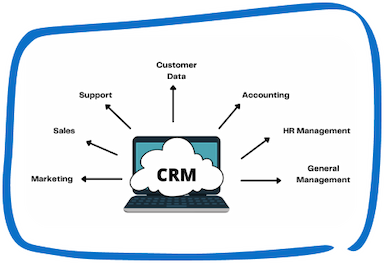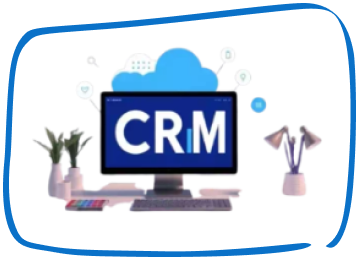Accounting software is designed to provide businesses with an electronic system for recording, processing, and reporting financial transactions. The software can automate many accounting tasks, such as invoicing, bill payments, and payroll. It can also integrate with other systems, such as point-of-sale systems, inventory management systems, and bank accounts, to streamline financial operations and reduce errors. The following is a detailed explanation of how accounting software works:
Recording Transactions
The first step in using accounting software is to record financial transactions. Transactions can include sales, purchases, receipts, payments, and payroll. This can be done manually, by entering data directly into the software, or automatically, by integrating the software with other systems, such as point-of-sale systems or bank accounts.
Streamline Your Finances with Accounting Software
Manage your accounts, track expenses, and ensure tax compliance with our easy-to-use accounting software. Perfect for businesses of all sizes.
Once a transaction is recorded, the software categorizes it into different accounts, such as assets, liabilities, equity, income, and expenses. The software can be customized to match the business’s chart of accounts, which is a list of all the accounts used in the business’s accounting system.
Processing Transactions
After transactions have been recorded and categorized, the accounting software processes them. This involves performing various calculations, such as adding up sales revenue, subtracting expenses, and calculating payroll taxes. The software can also track accounts receivable and accounts payable, showing which customers owe the business money and which bills the business needs to pay.
Generating Reports
Once transactions have been recorded and processed, the accounting software can generate financial reports. These reports can include income statements, balance sheets, and cash flow statements. These reports provide businesses with a snapshot of their financial health, showing revenue, expenses, assets, liabilities, and cash flow. Financial statements are used by businesses to make informed decisions about their finances, such as whether to invest in new equipment or hire additional employees.
Automation of Accounting Tasks
One of the key benefits of accounting software is its ability to automate accounting tasks. For example, the software can automate invoicing by generating and sending invoices to customers electronically. The software can also automate bill payments by allowing businesses to pay bills electronically. Additionally, accounting software can automate the payroll process by calculating and processing employee salaries and wages.
Automation saves businesses time and reduces errors, as it eliminates the need for manual data entry and reduces the risk of mistakes. This allows businesses to focus on other important tasks, such as growing the business and serving customers.
Integration with Other Systems
Accounting software can integrate with other systems, such as point-of-sale systems, inventory management systems, and bank accounts. This integration allows businesses to streamline financial operations and reduce errors.
For example, point-of-sale integration allows businesses to automatically record sales transactions in their accounting software. This eliminates the need for manual data entry and reduces the risk of errors. Similarly, inventory management integration allows businesses to track inventory levels and costs in their accounting software, reducing the risk of stockouts or overstocking.
Bank account integration allows businesses to automatically reconcile bank transactions in their accounting software. This eliminates the need for manual data entry and reduces the risk of errors. Additionally, bank account integration allows businesses to track cash flow and manage their finances more effectively.
Simplify Financial Management with Accounting Software
Efficiently handle your accounting tasks, generate reports, and stay organized with our intuitive accounting software.
Conclusion
Accounting software has revolutionized the way businesses manage their finances. It allows businesses to automate accounting processes, reduce errors, and generate accurate financial reports. Accounting software can integrate with other systems, such as point-of-sale systems, inventory management systems, and bank accounts, to streamline financial operations and reduce errors. This allows businesses to focus on other important tasks, such as growing the business and serving customers.
Speak with Our Team!
4.9 Stars
1k+ reviews on






